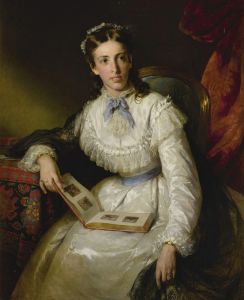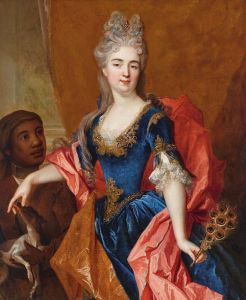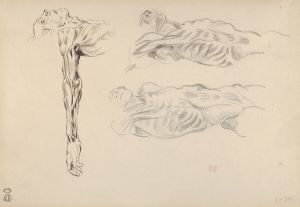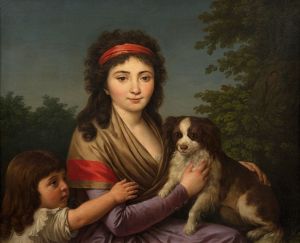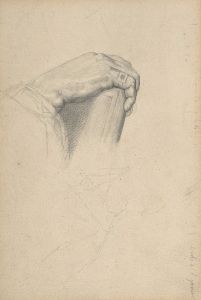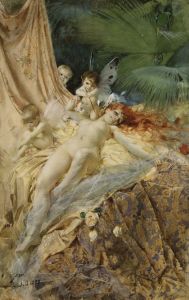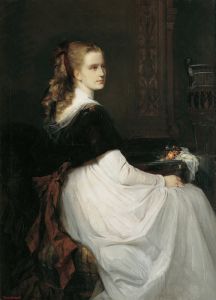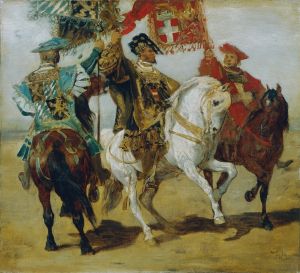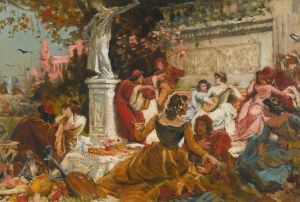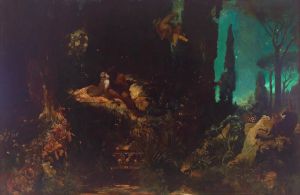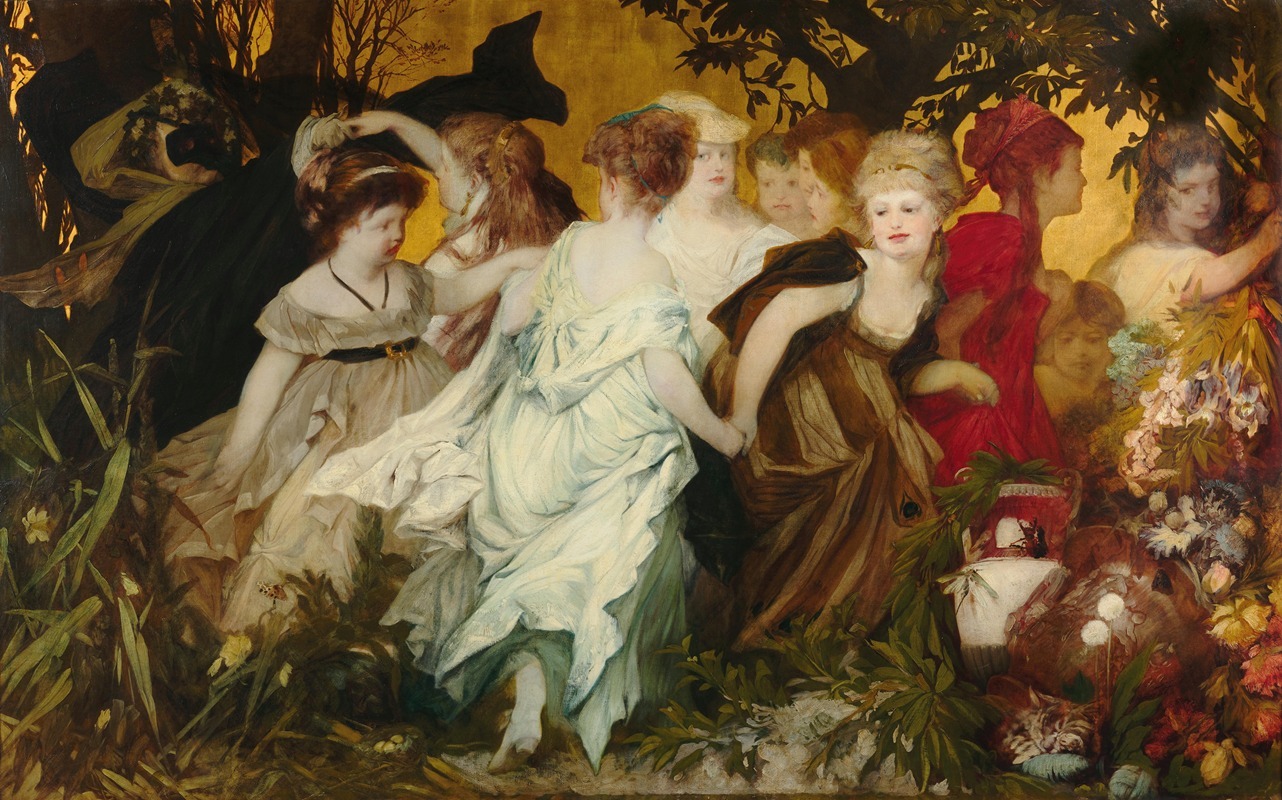
Modern Amoretti
A hand-painted replica of Hans Makart’s masterpiece Modern Amoretti, meticulously crafted by professional artists to capture the true essence of the original. Each piece is created with museum-quality canvas and rare mineral pigments, carefully painted by experienced artists with delicate brushstrokes and rich, layered colors to perfectly recreate the texture of the original artwork. Unlike machine-printed reproductions, this hand-painted version brings the painting to life, infused with the artist’s emotions and skill in every stroke. Whether for personal collection or home decoration, it instantly elevates the artistic atmosphere of any space.
Hans Makart was an Austrian painter known for his influence on the art scene in Vienna during the late 19th century. He was a prominent figure in the art world, celebrated for his historical paintings, portraits, and allegorical works. Makart's style was characterized by its vibrant color palette, dramatic compositions, and a penchant for grandeur, which made him a favorite among the Viennese elite.
"Modern Amoretti" is one of Makart's lesser-known works, and there is limited information available about this specific painting. Makart's oeuvre often included themes of mythology, history, and allegory, and he was known for his ability to blend these elements with a sense of theatricality and opulence. His works were often large-scale and featured elaborate details, reflecting his background in set design and decoration.
Makart's influence extended beyond painting; he was a central figure in the "Makartstil" or "Makart style," which permeated various aspects of Viennese culture, including interior design, fashion, and architecture. His studio became a cultural hub, attracting artists, intellectuals, and patrons who were drawn to his charismatic personality and artistic vision.
While specific details about "Modern Amoretti" are scarce, it can be inferred that the painting likely embodies Makart's signature style, characterized by rich colors and dynamic compositions. The term "Amoretti" typically refers to representations of cherubic figures or putti, often associated with themes of love and romance. In art history, such figures are commonly depicted in playful or allegorical scenes, which aligns with Makart's thematic interests.
Makart's impact on the art world was significant during his lifetime, and his works were celebrated for their aesthetic appeal and technical mastery. However, his reputation experienced a decline in the early 20th century as tastes shifted towards modernism and away from the ornate and decorative style that Makart epitomized. Despite this, his contributions to the art world have been reassessed in recent years, with a renewed appreciation for his role in shaping the cultural landscape of Vienna during the late 19th century.
In summary, while detailed information about "Modern Amoretti" is limited, Hans Makart's legacy as a pivotal figure in the Viennese art scene is well-documented. His works continue to be studied for their artistic merit and their reflection of the cultural and social dynamics of his time.





